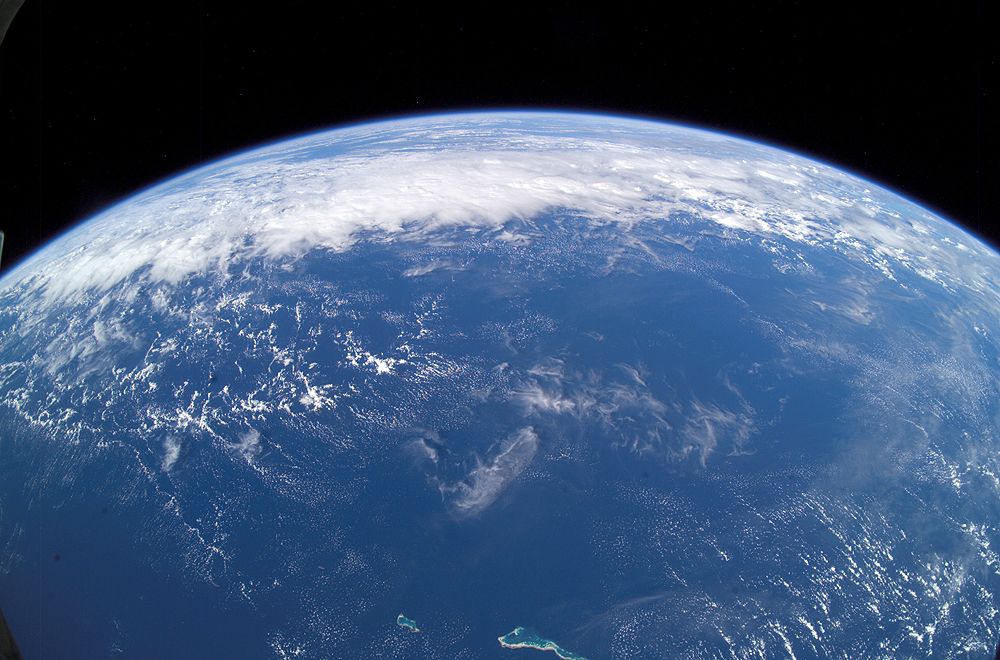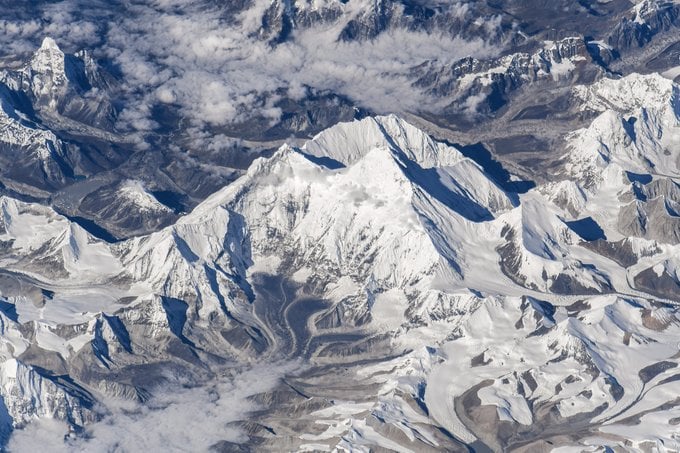
A prestigious pair of astronomers have published a paper recommending that a gravitational wave observatory be built on the far side of the Moon.
Continue reading

In 1996, economist/futurist Robin Hanson proposed a possible resolution to the Fermi Paradox: there's a "Great Filter" that prevents intelligent life from becoming advanced.
Continue reading

SpaceX achieved another milestone when the payload fairings used for the ANASIS-II mission were both caught by ships at sea with nets!
Continue reading

There's no finder, and often no eyepiece… and 'goto' is as simple as the push of a virtual button. Welcome to the new generation of smartscopes. The new crop of telescopes promise to put the Universe and the night sky at your fingertips, or at least, on your smartphone screen.
Continue reading

The James Webb Space Telescope just passed the critical Comprehensive Systems Test (CST), bringing it a step closer to its Oct. 2021 launch date!
Continue reading

A new study finds that while black holes drive the formation of galaxies, they are also what kills them in the end.
Continue reading

A new study indicates that the Moon is actually younger than we thought, and wasn't finished forming until the Earth's core was finished too.
Continue reading

A new study takes a hard look at the TRAPPIST-1 system to determine if its seven exoplanets could have viable atmospheres - with encouraging results!
Continue reading
Just. Wow. If you're like us, your space-feed has been inundated with some pretty spectacular images of Comet C/2020 F3 NEOWISE as of late. F3 NEOWISE broke from the pack of good binocular comets for 2020 early this month, to become one of the best northern hemisphere comets in a generation.
Continue reading

NASA just announced the winners of it's "Exploring Hell Challenge" with HeroX, an incentive competition designed to inspire designs for a clockwork Venus rover.
Continue reading

NASA has announced that it is investing in ten small business concepts that will allow astronauts to explore the Moon in a sustainable way.
Continue reading

Barring a further delays, the fifth Starship prototype (SN5) could be ready for a static fire and hop test by the end of this week.
Continue reading

With a prize purse of up to $5 million, NASA and HeroX are looking for ideas on how we could provide sustainable power for astronauts exploring the Moon and Mars!
Continue reading

Boeing need to fulfill a pretty long checklist in order to get the Starliner ready for flight, but safety is first and foremost!
Continue reading

















































